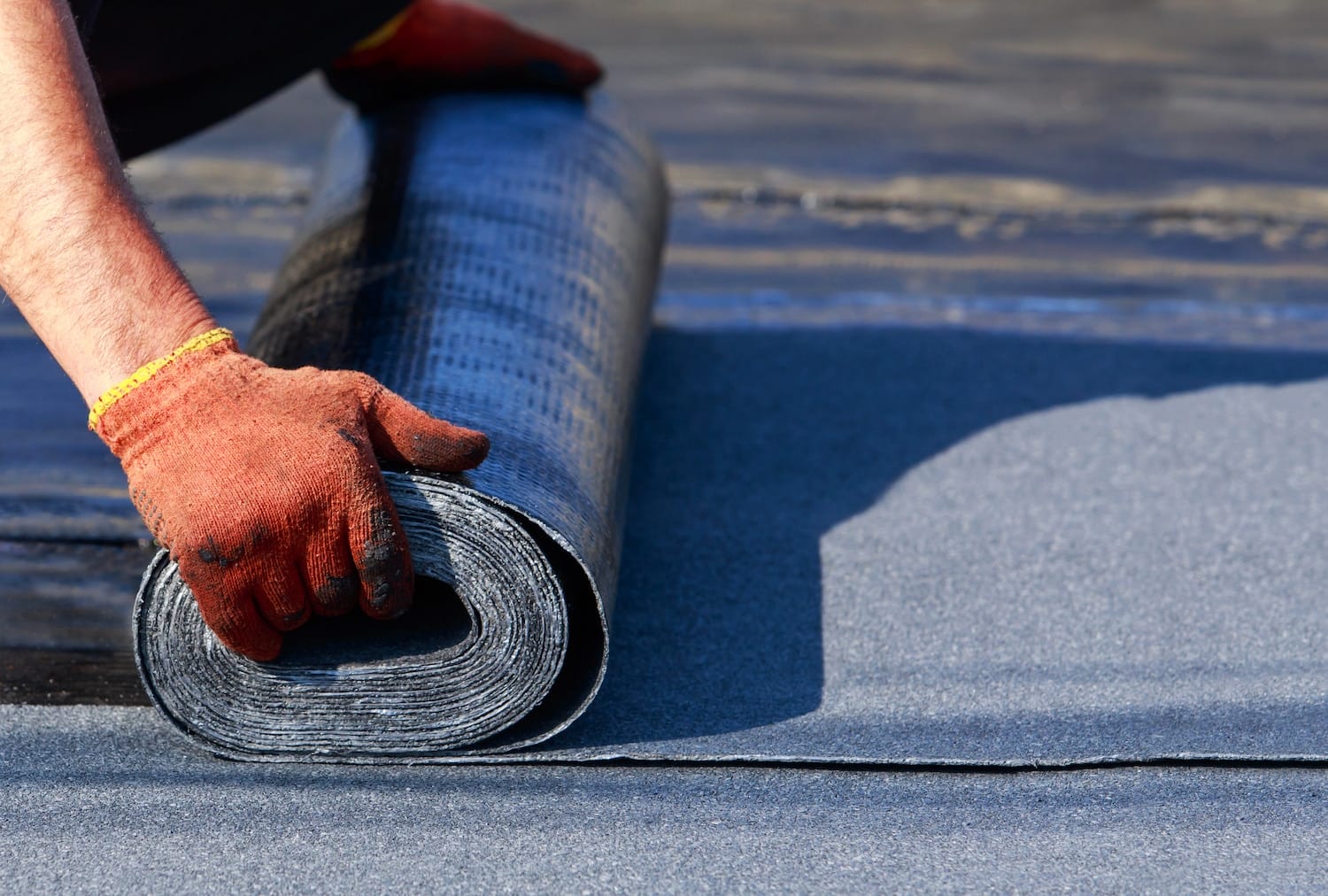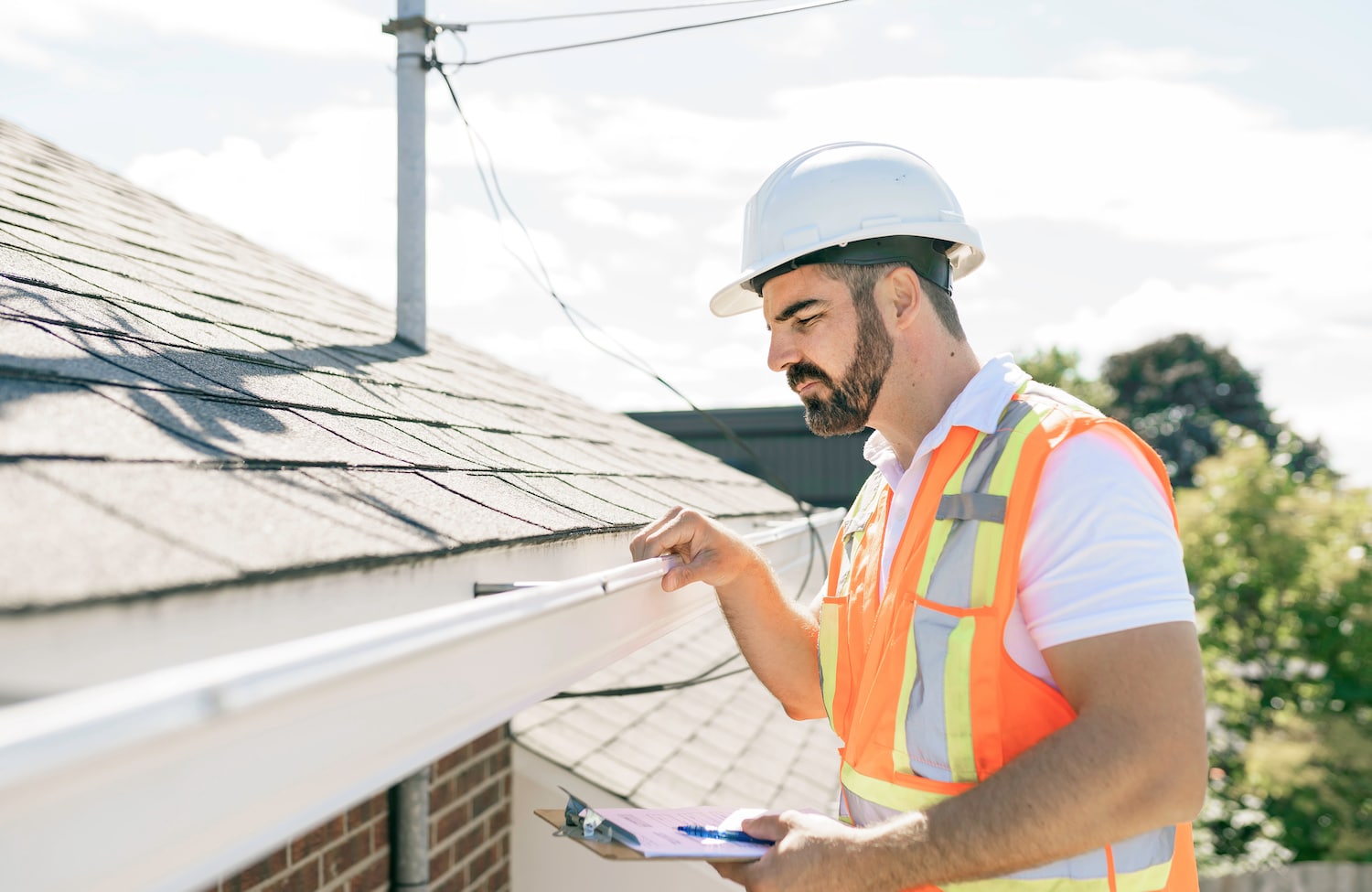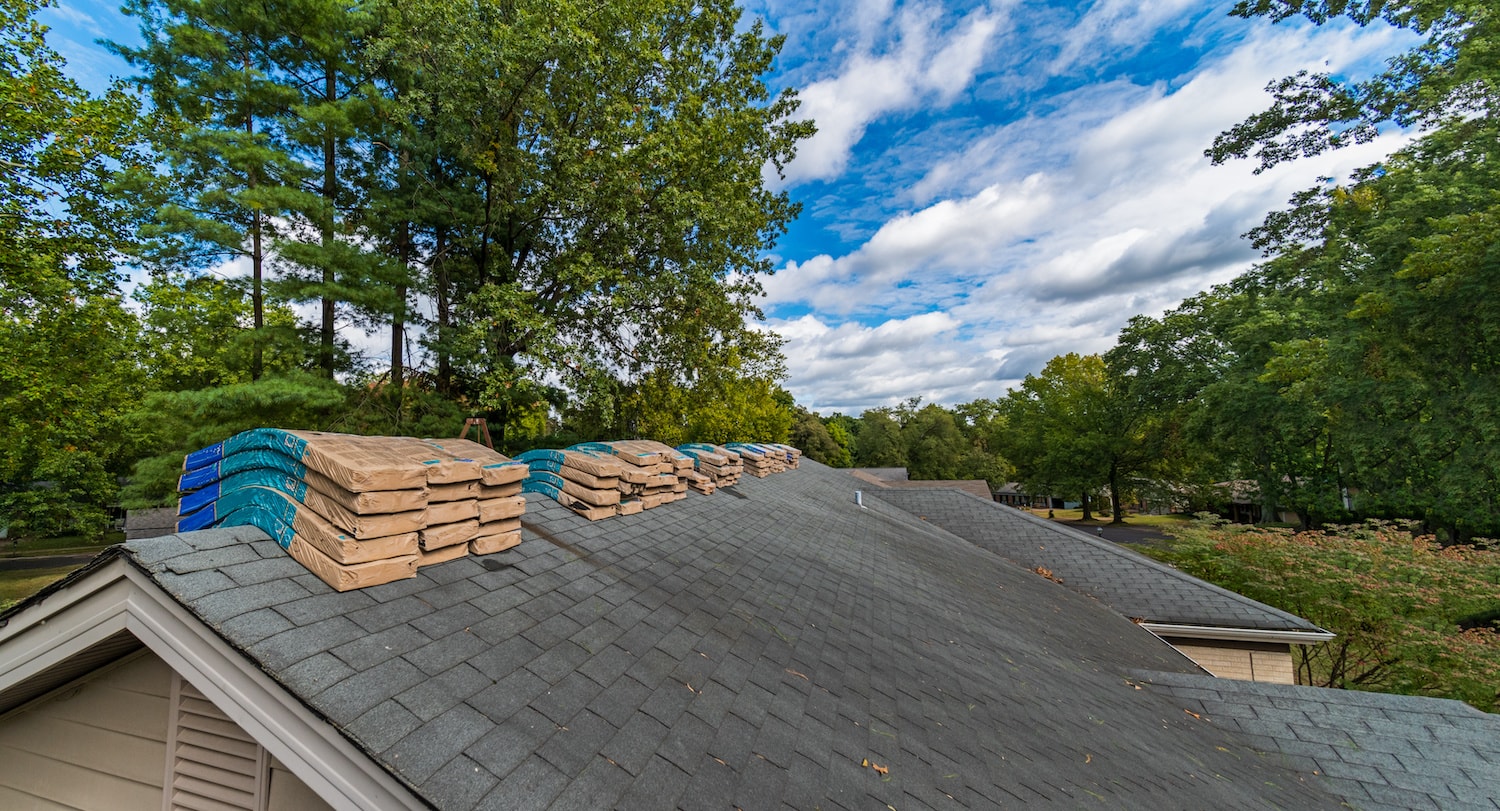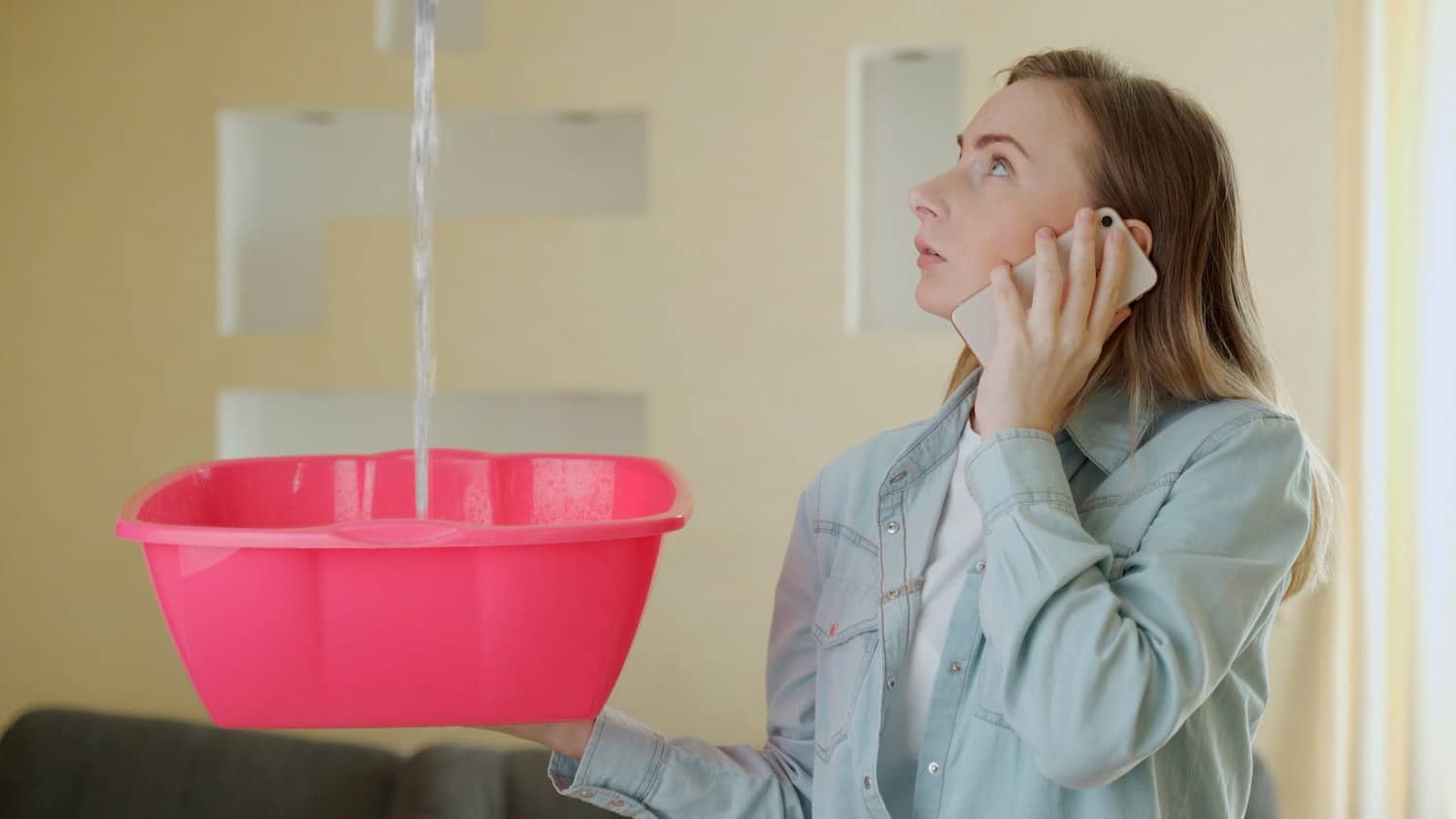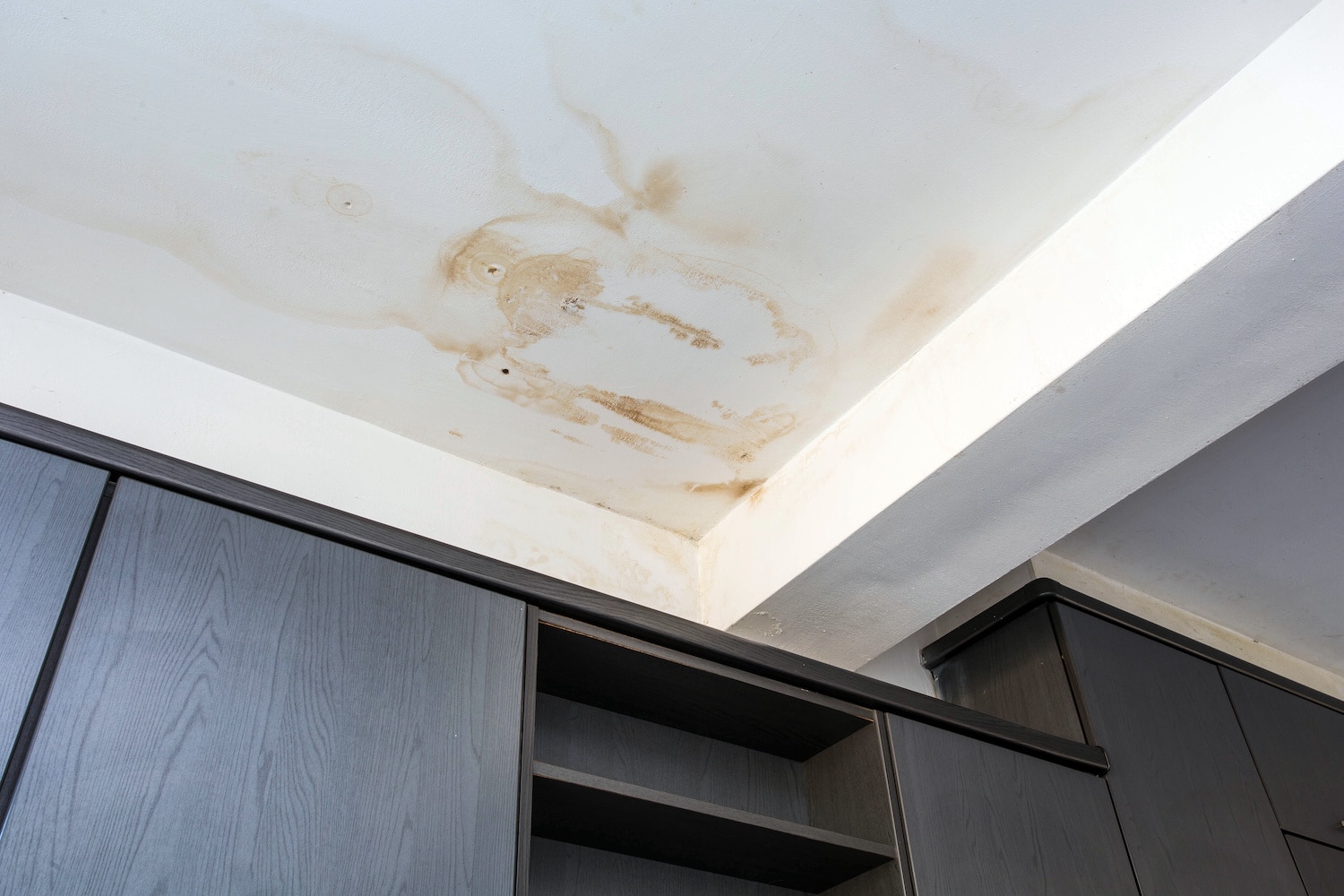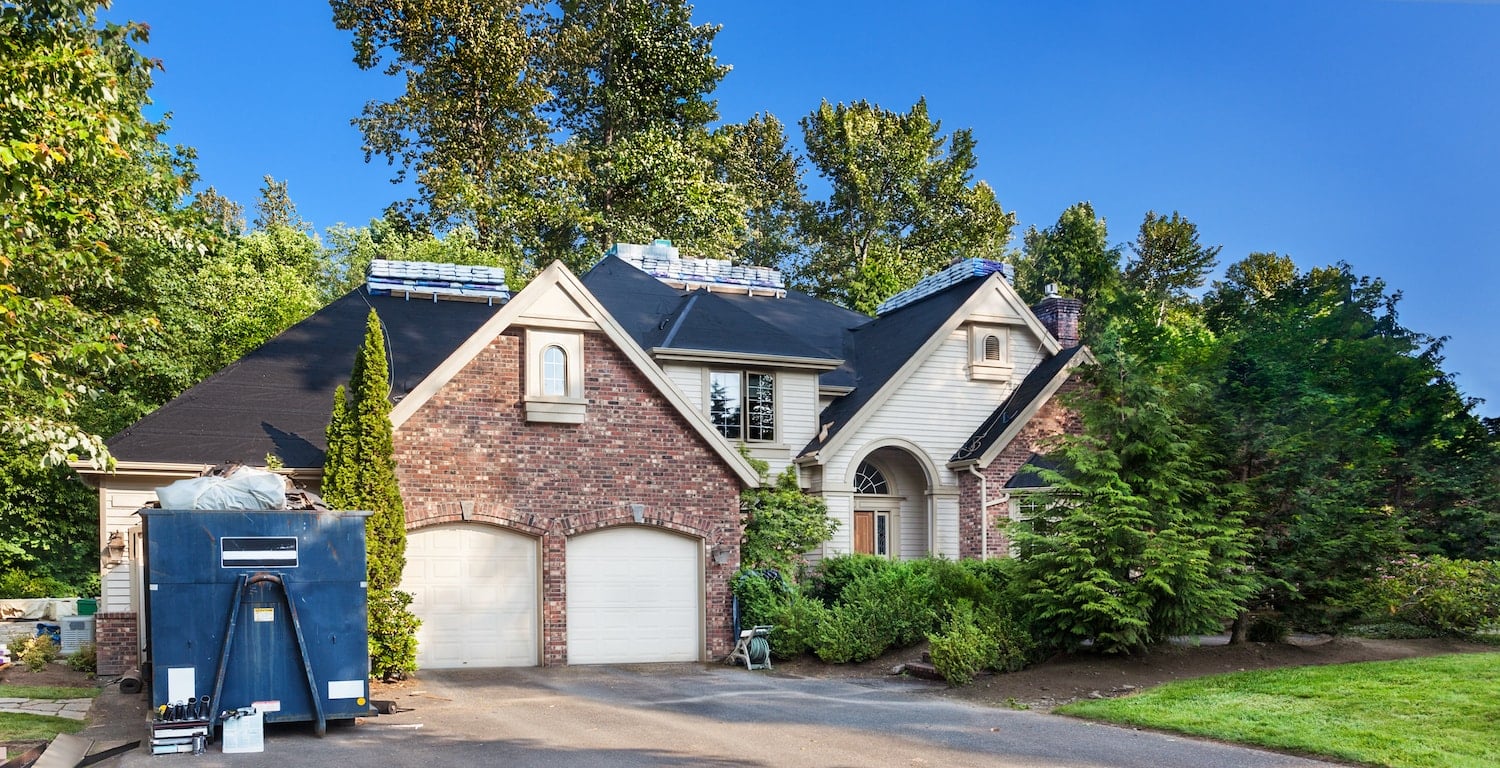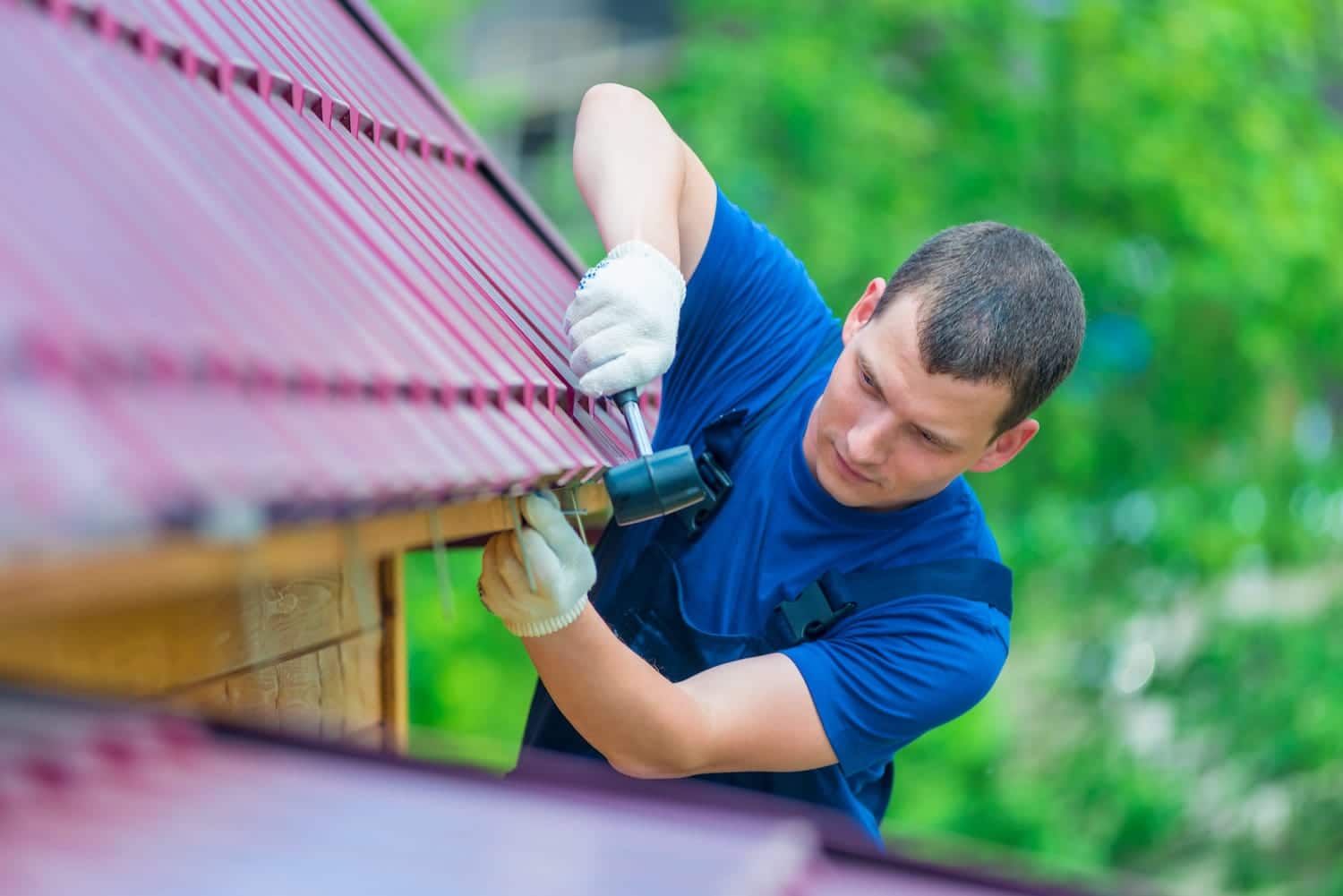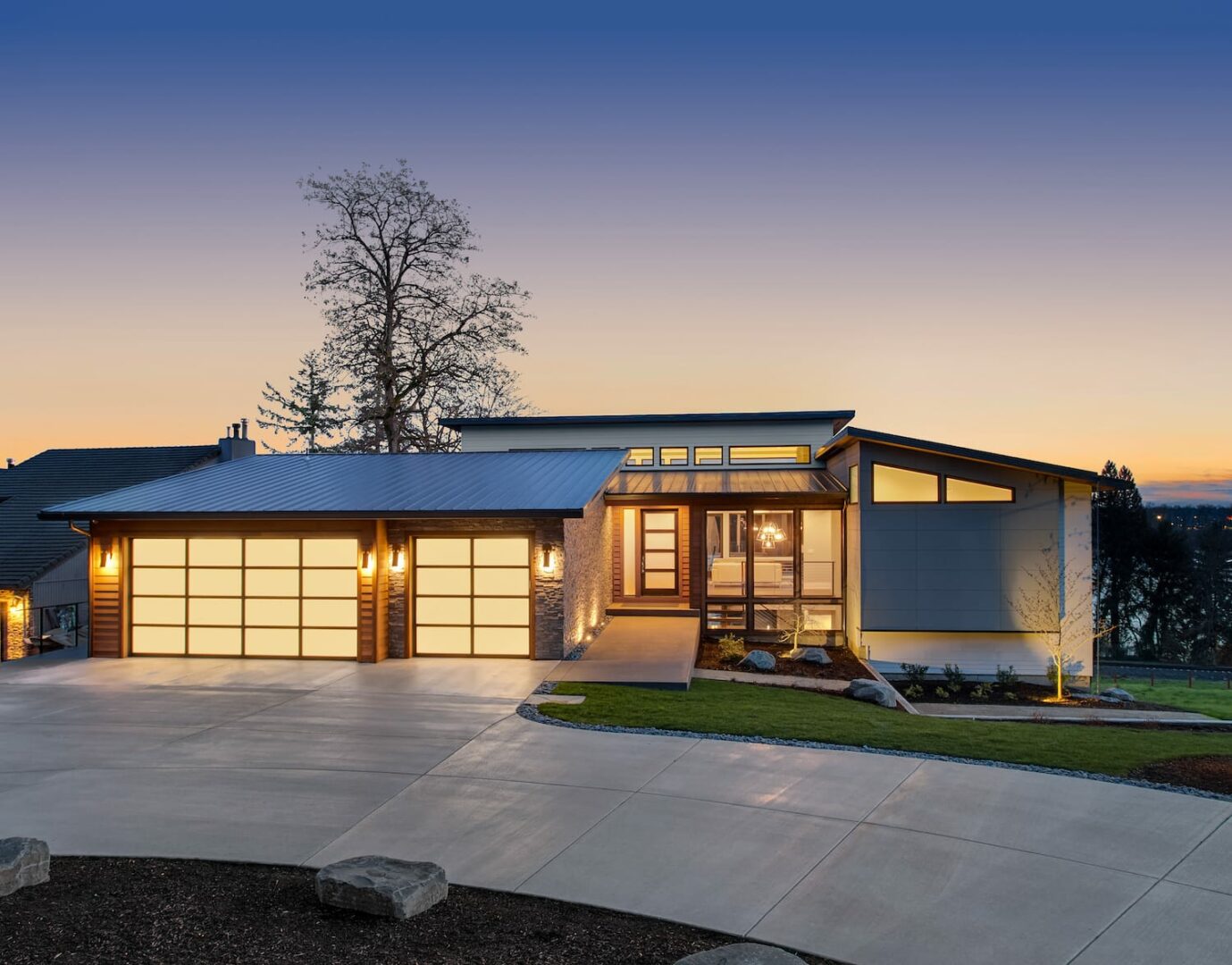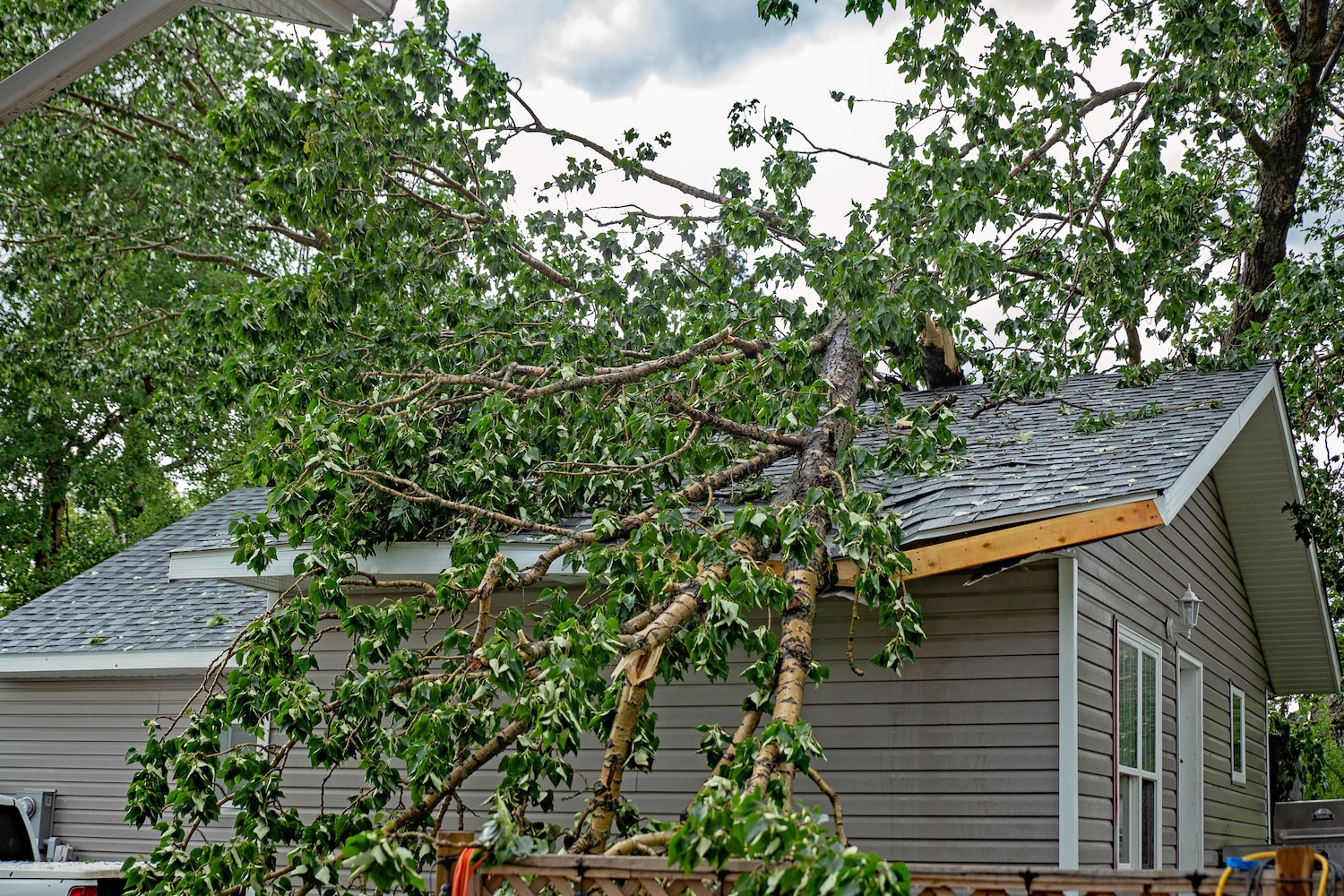
What Is The Standard Roof Warranty In 2024? + Best Warranties Available
One thing’s for sure when you get a new roof: you want it protected. After you just dropped one of the biggest dollar amounts on improving your home, you would be remiss if you didn’t protect that investment with a proper warranty. There is a standard roof warranty, then workmanship, and manufacturer warranties, and then there are warranty add-ons— today we’ll go through what you should look for when it comes to warranties for your new roof. We want you to rest easy knowing your investment (and home) is protected. Manufacturer vs. Workmanship Warranties Some homeowners jumping into getting a new roof don’t fully understand the difference between a manufacturer and a contractor, or workmanship, warranty. Many contractors might promote warranties like 10-year or 20-year warranties but in reference to what they offer for their workmanship. This means you’d be covered for any issues that arise as they relate to the actual installation of the roof. I.e. if a row of shingles was not nailed down properly and rainwater leaks through, that could be covered by the workmanship warranty. Manufacturer warranties, on the other hand, cover any issues caused by material failure or defects. Common roof material failure includes premature deterioration or water intrusion. Some manufacturer warranties also cover certain damages like wind speeds up to x mph. Then, if your roof gets damaged from winds, you should get coverage based on what the warranty promised. The Importance of Having a Warranty The roof is one of the most important parts of your home. It protects everything underneath it and keeps your family comfortable. A roof warranty gives you protection and peace of mind in knowing that if something happens, it will be fixed without costing you an arm and a leg. Warranties also give you a single point of contact should an issue arise. Instead of having to track down the roofing contractor, the manufacturer, and trying to figure out who is responsible for what, you can just call the number on your warranty and let them deal with it. At Apple Roofing, we work with premium IKO shingles that offer a few different types of warranties that give our customers different levels of protection. You can read more about IKO Asphalt Shingle Limited Warranties here. What’s Included in a Standard Warranty? While warranties can vary depending on the contractor or the manufacturer, there are a few basics covered by most warranties, on both sides. A standard workmanship warranty should cover: A standard manufacturer’s warranty should cover: Some manufacturers will also offer an enhanced or extended warranty that can be purchased for an additional fee and extends the length of coverage or adds extra protection. What Makes a Good Warranty? What to Look for. Obviously, you want a long warranty. But a long warranty with poor coverage doesn’t always mean it’s a good warranty. It’s also important to note that the warranty shouldn’t be the main factor in deciding which roof brand or material you go with. Look for durable brands with great reviews first. With that being said, what should you look for or ask for when it comes to roofing warranties? Some of the top manufacturers with amazing warranties include Atlas, Owens Corning, CertainTeed, and IKO. At Apple Roofing, we work with premium IKO shingles that pair their high quality with limited lifetime warranties. Premium Options: IKO Dynasty Roof Shingles Warranties We could talk all day about the vast amount of coverage homeowners can get from our IKO Dynasty and Nordic shingles, but we’ll try to simplify it so it’s easy to understand. The Benefits of IKO Roofing Shingles First, let’s talk about the vast benefit of installing premium IKO shingles on your roof. IKO shingles— specifically Dynasty and Nordic shingles— are some of the most beautiful shingles on the market. They have tons of color options and combinations and last 17-25 years, which is longer than most standard asphalt shingles. Other benefits include: What Warranties Does IKO Offer? IKO has at least 10 different styles of shingles, each with varying warranties. So, no, it’s not always a one-size-fits-all warranty for manufacturers. Because different shingles can have different wind or impact ratings, coverage under warranty may be different. For the sake of our warranties, we’ll cover what’s covered for IKO Dynasty or Nordic shingles. IKO Dynasty™ and IKO Nordic™ shingles actually have the same features in their warranties, including: When you work with Apple Roofing, we can discuss in more detail the warranty and shingle options available to you. We will ensure you get the best, most protective coverage available and be sure you get the roof you deserve. Roofing Warranty Frequently Asked Questions: Still lost? That’s ok. Warranties can be very confusing, especially to new homeowners. Here are some of the most commonly asked questions by homeowners regarding warranties. Is Lifetime Coverage Really for Life? Short answer: no. Basically, a lifetime warranty means the period of time from the date of completion of shingle installation on the building through the time the homeowner or the transferee owns the building on which the shingles were installed. So if someone were to sell the home or structure, that lifetime warranty (unless transferrable) would then be void or end on the structure. What Does “Null and Void” Mean? Null and void simply means that the warranty is no longer valid. In order for a roofing system to be covered under warranty, it must be installed by a certified roofing contractor, and proof of purchase is required. If any part of those two qualifications are not met, then the warranty would be null and void. Warranties can also be void if a homeowner attempts to repair something, but causes damage to the shingles. These repairs would not be covered under warranty, nor under an insurance claim, most likely. What Happens When a Warranty Runs Out? Once a roofing system’s warranty runs out, the roof is no longer protected against defects. However, this does not mean that the roof will

